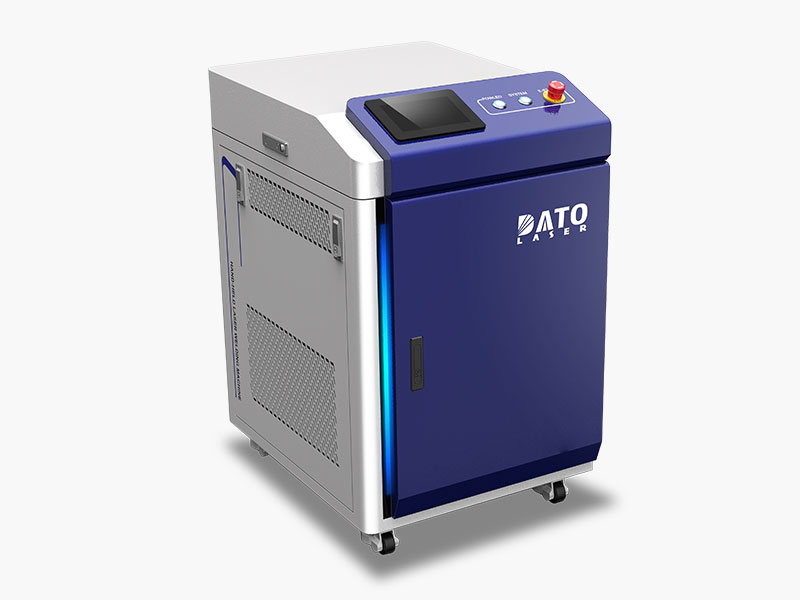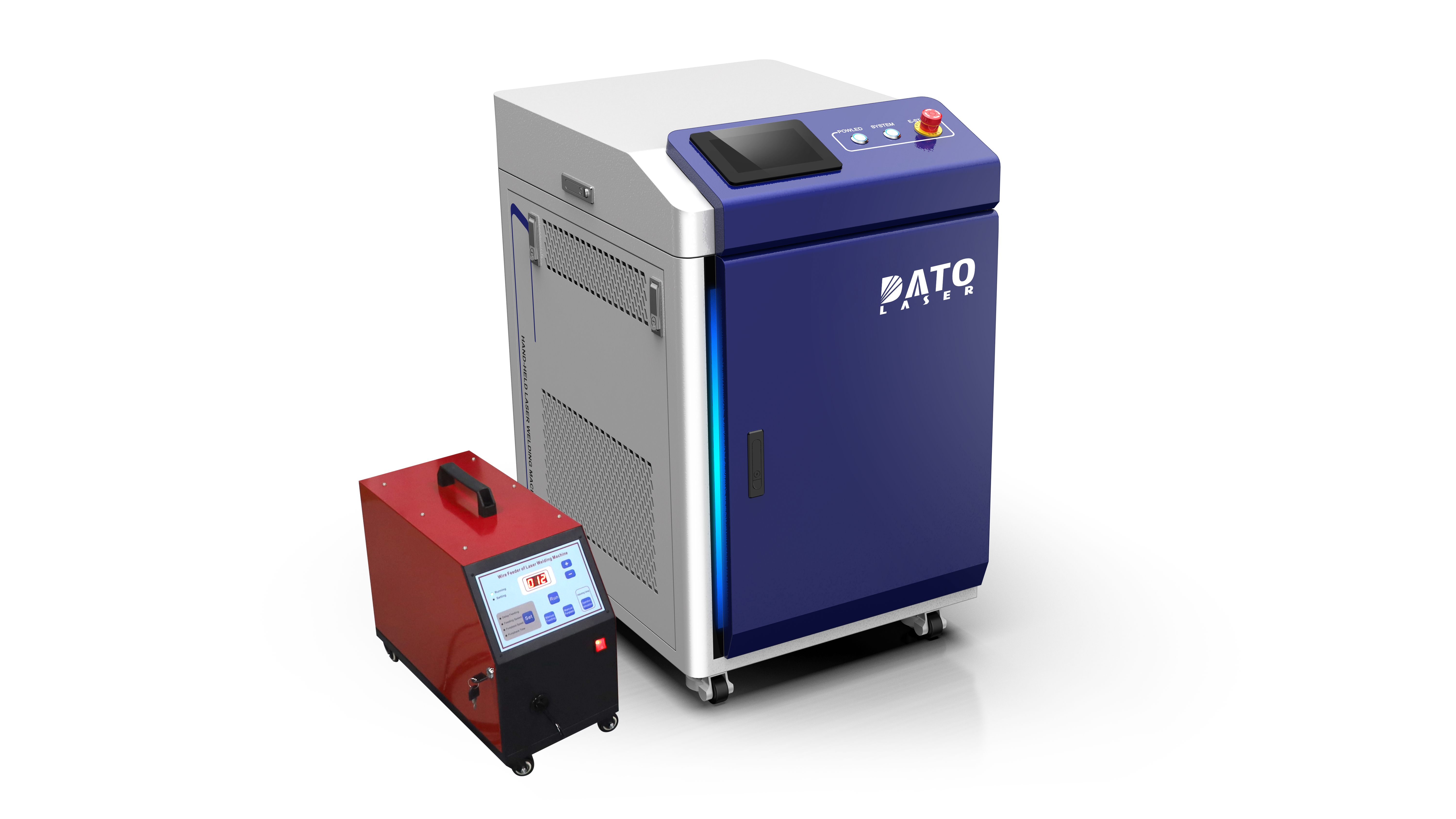How Does Laser Welding Prevent Oxidation and Contamination During the Process?

Understanding the Importance of a Clean Welding Environment
Fiber laser welding has revolutionized the manufacturing industry, offering high precision, speed, and efficiency. One of its most critical advantages is its ability to prevent oxidation and contamination during the welding process. Oxidation and contamination can compromise weld quality, leading to weak joints, corrosion, and structural failure. Understanding how fiber laser welding mitigates these risks can help businesses make informed decisions when selecting welding solutions for their industrial applications. We are Dato Leapion Laser, providing premium fiber laser cutting machine, laser welding machines, laser cleaning machines.
The Role of Shielding Gas in Fiber Laser Welding
A key factor in preventing oxidation and contamination during fiber laser welding is the use of shielding gas. When metals are exposed to oxygen at high temperatures, they form oxides that weaken the weld. Shielding gases such as argon and nitrogen create a protective atmosphere around the weld pool, preventing the intrusion of oxygen and other contaminants. These gases help maintain weld integrity, ensuring clean and strong joints.
Common Shielding Gases Used in Fiber Laser Welding:
Argon: Provides excellent protection against oxidation and is ideal for most metals.
Nitrogen: Often used for stainless steel welding to prevent discoloration and corrosion.
Helium: Enhances weld penetration and is suitable for specialized applications.
High-Precision Heat Control to Reduce Contamination
Fiber laser welding is known for its focused and controlled heat application. Unlike traditional welding methods, fiber lasers generate minimal heat-affected zones (HAZ), reducing the chances of thermal distortion and oxidation. The precise energy delivery ensures that only the necessary amount of heat is applied, minimizing material degradation and improving overall weld quality.
Minimal Contact and Non-Consumable Electrodes
Traditional welding methods often involve consumable electrodes and filler materials that introduce impurities into the weld pool. In contrast, fiber laser welding operates as a non-contact process, eliminating direct electrode contamination. This feature ensures that no unwanted particles are introduced, maintaining the purity and strength of the weld.
Advanced Beam Control for Cleaner Welding
Modern fiber laser welding systems are equipped with adjustable beam parameters, allowing operators to fine-tune the focus, power, and pulse duration. This level of control helps reduce spatter and prevents oxidation, resulting in a smoother, defect-free weld surface. The ability to modify these parameters makes fiber laser welding highly versatile for various materials and thicknesses.
The Role of Vacuum and Inert Gas Chambers
For applications requiring ultra-clean welds, such as in aerospace and medical device manufacturing, fiber laser welding can be performed in vacuum chambers or inert gas environments. These controlled environments ensure that no airborne contaminants interfere with the welding process, producing the highest-quality welds with exceptional durability and corrosion resistance.
Conclusion: Why Fiber Laser Welding is the Best Choice
Oxidation and contamination are significant challenges in welding, but fiber laser welding effectively addresses these issues through shielding gases, precise heat control, non-contact operation, and advanced beam management. Businesses seeking high-quality, reliable welding solutions should consider fiber laser welding for its superior ability to produce clean and strong welds, even in demanding industrial applications. By leveraging this advanced technology, manufacturers can enhance product longevity, reduce maintenance costs, and improve overall production efficiency.
Related Blogs
-
 Exploring the Safety, Precision, and Industrial Benefits of Laser Surface CleaningIn today’s fast-paced industrial world, where quality, efficiency, and sustainability are top priorities, manufacturers are constantly seeking better ways to clean metal surfaces without compromising material integrityBlog
Exploring the Safety, Precision, and Industrial Benefits of Laser Surface CleaningIn today’s fast-paced industrial world, where quality, efficiency, and sustainability are top priorities, manufacturers are constantly seeking better ways to clean metal surfaces without compromising material integrityBlog -
 A Complete Guide by DATO and LeapionIn modern industry, surface preparation and maintenance play a crucial role in achieving high-quality manufacturing results. Laser cleaning machines have emerged as one of the most innovative, efficient, and environmentally friendly tools for removing contaminantsBlog
A Complete Guide by DATO and LeapionIn modern industry, surface preparation and maintenance play a crucial role in achieving high-quality manufacturing results. Laser cleaning machines have emerged as one of the most innovative, efficient, and environmentally friendly tools for removing contaminantsBlog -
 Laser cleaning machines are revolutionizing industrial surface cleaning by offering a faster, safer, and more eco-friendly alternative to traditional methods. Whether removing rust, paint, oil, oxide, or other surface contaminants, laser cleaning has become a cutting-edge solution in manufacturing,Blog
Laser cleaning machines are revolutionizing industrial surface cleaning by offering a faster, safer, and more eco-friendly alternative to traditional methods. Whether removing rust, paint, oil, oxide, or other surface contaminants, laser cleaning has become a cutting-edge solution in manufacturing,Blog -
 Introduction: Transforming EV Battery Manufacturing Through Laser TechnologyThe electric vehicle revolution has accelerated dramatically over the past decade, bringing with it unprecedented challenges and opportunities in battery manufacturing. As global automakers commit billions to electrificationBlog
Introduction: Transforming EV Battery Manufacturing Through Laser TechnologyThe electric vehicle revolution has accelerated dramatically over the past decade, bringing with it unprecedented challenges and opportunities in battery manufacturing. As global automakers commit billions to electrificationBlog















